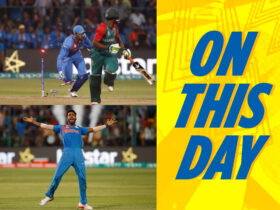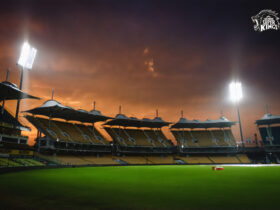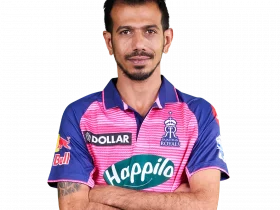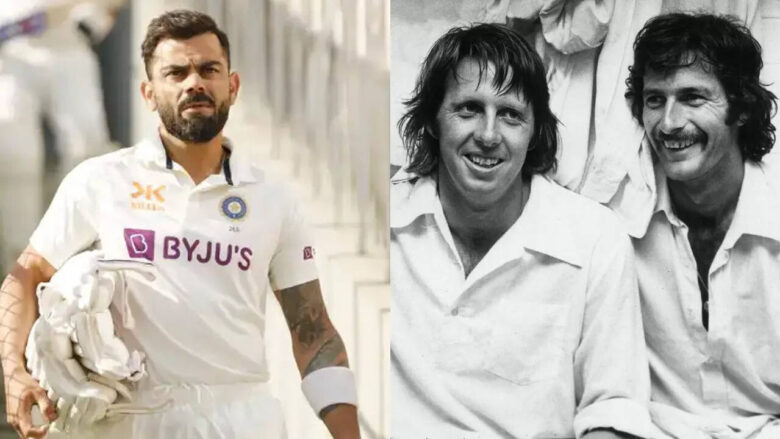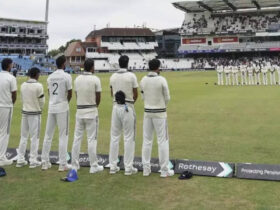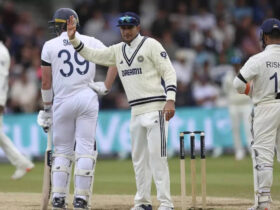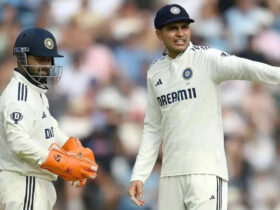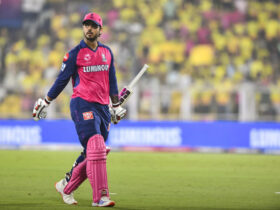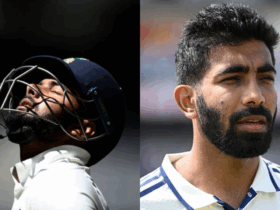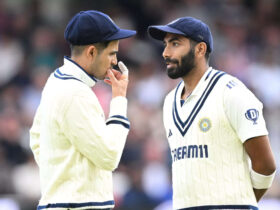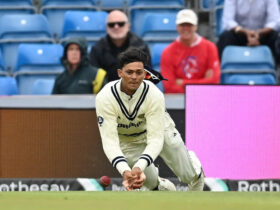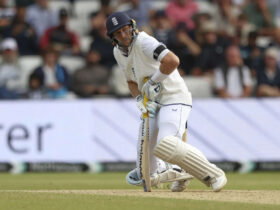Ashes to Ashes: DGMO Rajiv Ghai Draws Cricket Parallels with Virat Kohli and Aussie Legends to Explain India’s Defence
In a captivating blend of cricket and military strategy, Director General of Military Operations (DGMO) Lt. General Rajiv Ghai stole the spotlight at a recent press briefing by invoking the names of Indian cricket icon Virat Kohli and legendary Australian pace duo Jeff Thomson and Dennis Lillee. Addressing the media on Monday, Ghai not only paid tribute to Kohli following rumors of his retirement from Test cricket but also crafted a striking analogy to describe India’s formidable multi-layered air-defence system.
Lt. Gen. Ghai, joined by Director General Air Operations Air Marshal AK Bharti and Director General of Naval Operations Vice Admiral AN Pramod, was discussing the heightened security measures along the India-Pakistan border when he turned to cricket for inspiration. ‘Aaj cricket ki baat bhi honi chahiye. Maine dekha Virat Kohli ne Test cricket se retirement liya hai. Mere jaise kayi Bharatiyon ke liye woh favourite cricketer hain,’ he remarked with a smile, acknowledging Kohli’s unparalleled contribution to Indian cricket. For the record, Kohli, in a stellar 14-year Test career, has scored 9,230 runs in 123 matches at an impressive average of 46.85, though no official retirement announcement has been made as of this briefing.
Diving into history, Ghai recalled the infamous 1974-75 Ashes series, where Australia crushed England 4-1, largely due to the lethal pace attack of Thomson and Lillee. The duo claimed a staggering 58 wickets combined, terrorizing English batsmen with sheer speed and aggression. Ghai quoted the iconic Australian chant from that era, ‘Ashes to ashes, dust to dust, if Thommo don’t get ya, Lillee surely must,’ to draw a parallel with India’s air-defence grid. He explained, ‘Our defence system operates on multiple layers. Even if an enemy breaches one, another layer will intercept. Just like Thomson and Lillee, if one doesn’t get you, the other certainly will.’
This analogy painted a vivid picture of India’s military preparedness, emphasizing resilience and coordination. Ghai elaborated that the air-defence system, a complex network of surveillance and interception technologies, ensures that aerial threats are neutralized with precision—a strategy as relentless as the Australian pace attack of the ’70s. This isn’t the first time military officials have used sports metaphors to simplify complex ideas, but Ghai’s reference to such iconic cricket lore struck a chord with many in attendance.
As the briefing concluded, Lt. Gen. Ghai’s words lingered, blending national pride in sport and defence. With tensions simmering along the border, his message was clear: India stands as unyielding as its greatest cricketing heroes. Whether it’s Kohli’s grit at the crease or the ferocity of Thomson and Lillee, the spirit of cricket continues to inspire beyond the boundary, even in matters of national security.


